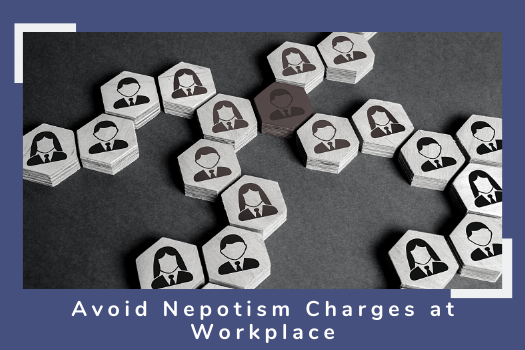Implementing Change Through Appreciative Inquiry
Employee Engagement, Employee Relations, Rewards and Recognition
In a nutshell, Appreciative Inquiry is a change agent, it works as a catalyst to bring change in an organization. Appreciative inquiry is a revolutionary element in the process of organizational change. It is a successor of the problem-solving approach which directs the focus on personal transformation, and not on structure or processes.
The premise on which appreciative inquiry work is that “we move and change in the direction we inquire”. Appreciative inquiry is rated so high as it can bring positive change, innovation, and sustainable design to the organization imparting minimal disturbance to the core business.
How it is different from the problem-solving approach.
While the latter focuses more on going to the root cause, the former one is more concerned with appreciating what’s going well. Blaming and division is a common feature of the problem-solving approach on the other hand collaboration and ownership is practiced in Appreciative inquiry. The formal top-down approach of decision making in followed in a problem-solving approach while the open-ended conversation is a salient feature of the appreciative inquiry approach.
Principles on which Appreciative inquiry is based
The concept of appreciative inquiry was developed by David Cooperrider and Shuresh Srivastva in 1987. The following 5 principles explain the working of this approach.
Constructionist Principle: the crux of this principle lies in the phrase “words create worlds”.
Simultaneity principle: based on the premise “inquiry creates change”.
Poetic principle: “we can choose what we study” is the root concept followed in this principle.
Anticipatory principle: based on the premise “Image inspires action”.
Positive principle: “positive questions lead to positive change” is the crux of the approach.
Characteristics that inquiries into the organization must possess
The prime focus of Appreciative Inquiry is on discovery. Discovery works as a building block for the enforcement of a new set of norms.
Proactive- AI encourages people to take bold decisions regarding the future of the organization with the help of experience gained from enquiring the best in the organization. The main intention is to move towards being proactive rather than reactive.
Collaborative- breaking the hierarchical norms of concentrating the decision-making power at the top, AI aims at the collaborative inquiry and ensuring address to everyone’s opinion.
Applicable- Appreciative inquiry is directed towards doing what is required to bring out the best. There is nothing superficial or impractical about it.
Phases in the appreciative inquiry process – The 5-D cycle
- Define - “The subject of inquiry” - Look for the starting end for the change initiation process. In this phase, the determination of the root cause of the problem is carried out. It is the identification of the ambition of the project.
- Discover- getting under the skins of the organization to find out the adopted process which is currently implemented. It is the Discover phase that acknowledges past successes, strengths, great ideas and moments and brings the best out of them that can be applied in the future.
- Dream- as the very name of the phase suggests this phase deals with the imagination of the organization’s condition and needs in the future. “What could be” is the question which is addressed in this phase.
- Design- the design phase is determined to find out the best-case scenario for the organization working collectively. It is synchronization between “what could be “and “best of what is” to arrive at “ what should be”.
- Destiny- this stage is all about achieving the goals set at the start of the appreciative inquiry. One approach is to allow full autonomy to the employees who have a shared vision of the organization’s goals. It is totally different from the typical planning-monitoring-and implementation approach.
Implementing Appreciative Inquiry
After gathering all the meaningful insights about the process of Appreciative Inquiry it’s time to get down on its layman side.
• Roles of the leaders, core team and consultants.
In addition to providing suitable conditions for change initiation, the leader participates equally in the whole process. The core team is the one having the vision of the change to be implemented. They are the internal implementers along with the participants.
• Liberating powers:
Liberalization of powers can be seen as the essence of the entire process of appreciative inquiry. It is concerned with making full use of human capabilities. It has the following factors-
- Freedom to be known in relationships.
- Freedom to choose to contribute.
- Freedom to act with support.
- Freedom to be positive and to be heard.
Ways of implementing appreciative inquiry
Whole system dialogue- the entire organization working on the 5-D process simultaneously over the required period of time.
Mass mobilized inquiry- for organizations that have social stake conduct large scale interviews around the city or community to gather opinion on a certain topic that requires an immediate address.
Positive change consortium- here we are talking about multiple organizations with similar goals joining forces to develop a common area of interest while working jointly on the appreciative inquiry concept.
Appreciative inquiry summit- a large group of knowledgeable people gather to exchange opinions on the appreciative inquiry process. They may be of the same or different organizations.
Appreciative Inquiry is about leading change instead of managing it. A paradigm shift is necessary to encourage people to co-create organizational transformation.






